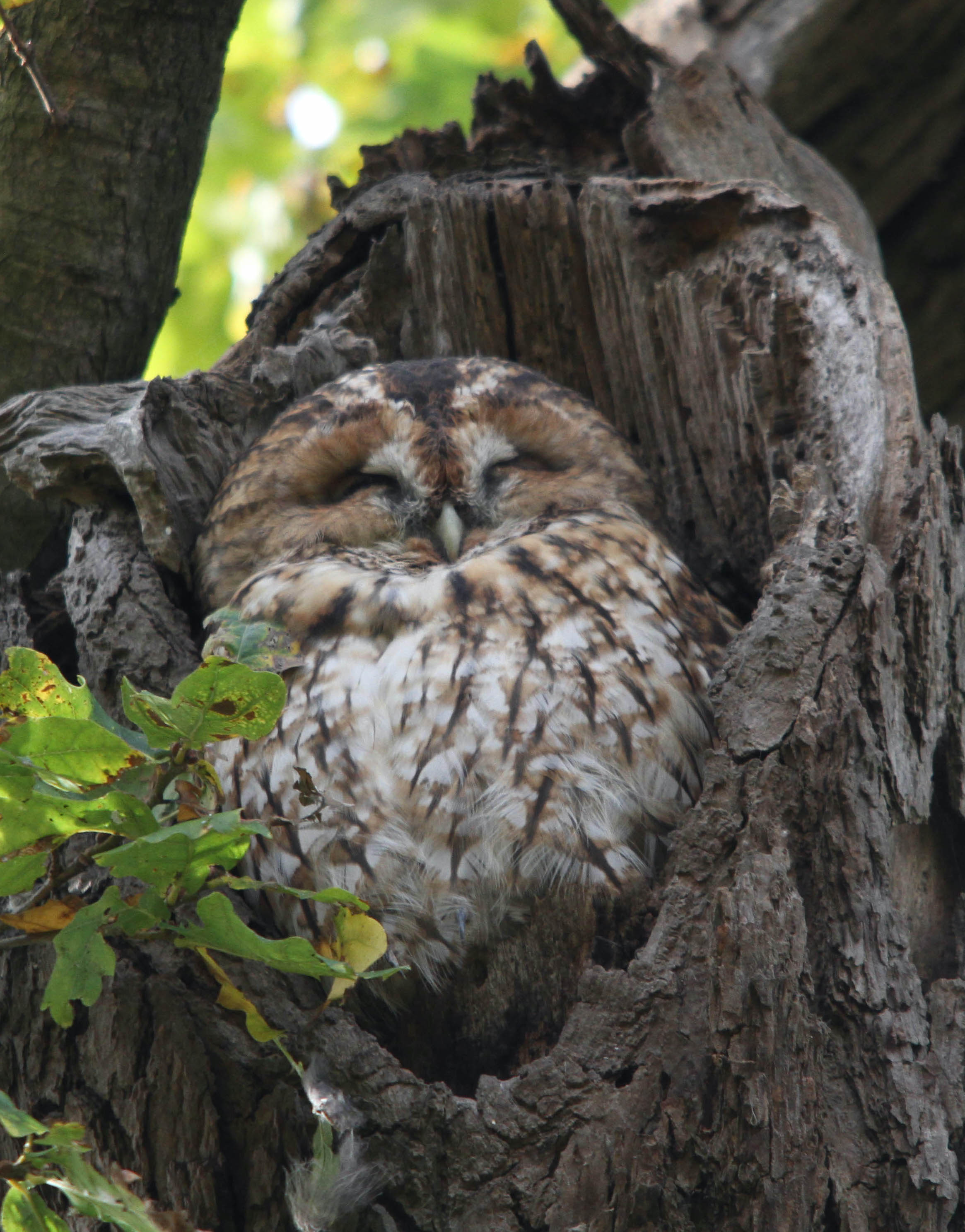Submissions
Submission Preparation Checklist
As part of the submission process, authors are required to check off their submission's compliance with all of the following items, and submissions may be returned to authors that do not adhere to these guidelines.- The submission has not been previously published, nor is it under review at another journal (or, if so, an explanation has been provided in Comments to the Editor).
- Creative work submissions MUST be accompanied by a Research Statement. See more about Research Statements in the Author Guidelines.
- Text manuscripts must be submitted in .doc or .docx format. This includes research articles and the research statements of creative submissions. Creative works may be submitted with the accompanying research statement in one document or separate from the research statement in a second document. Creative works submitted in a separate document may be submitted in .pdf format or .doc/.docx format.
- The text is double-spaced; uses 12-point Times New Roman font, and all illustrations, figures, and tables are placed within the text at the appropriate points, rather than at the end.
- The text and references adhere to the stylistic requirements outlined in the Author Guidelines.
- Students must work with a professor to verify that the research meets scholarly, academic, and professional standards and ethics. Students will complete a Faculty/Instructor Verification form upon submission approval.
Copyright Notice
All works published in The Owl are published under a Creative Commons Attribution, Non-Commercial, Share-Alike (CC-BY-NC-SA) license. The author retains copyright.
Privacy Statement
The Florida OJ service is provided through the Florida Virtual Campus (FLVC) and The Florida State University Libraries. | FLVC Privacy Policy.




